Episode 21 - AI of the Beholder: Crafting a Civil War Book Cover
Our first guest post! Holly, dymaptic's COO, talks about her journey helping her husband design a book cover using AI!
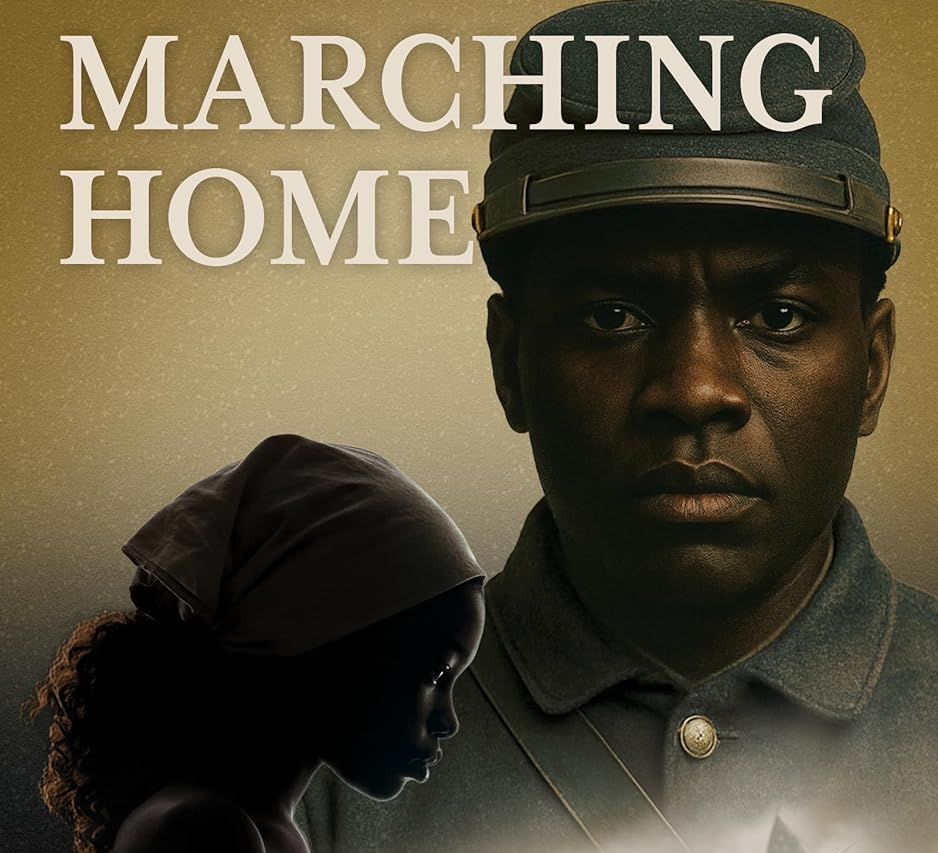
Prologue
This week, we have our first guest post: Holly—dymaptic’s COO and my usual newsletter editor—takes the driver’s seat. Holly will share her story about using AI as a tool to help design the cover art for her husband’s latest novel. There’s danger, intrigue, and a love affair (well, in the book, anyway).
The following Coverologue section is all Holly. You’ll spot my brief AI call-outs in the sidebars, and I’ll return at the end with this week’s news.
Coverologue
My husband, Jeff, just released his second novel, Marching Home. Since this is for fun, not his day job, and soliciting agents for traditional publishing is a grind, he opted for self-publishing on Amazon. So, as an independent author, this means he is responsible for assembling all the people needed to go from manuscript to book—a developmental editor, a copy editor, and a designer for the cover art. For this book, he had a vision for the cover design, but he’s much more of a writer than a visual artist. He needed to call in a pro!
Marching Home is about United States Colored Troops in the Civil War. It is based on real events and real people. It primarily tells the story of two men: Christian Fleetwood, a real historical figure, and a fictional character, Ezekiel, who is enslaved at the beginning of the story.
Jeff’s original idea was to use this image of Christian Fleetwood on the cover (1):
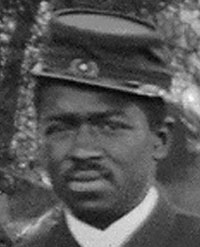
It’s zoomed in from this 1865 image (2):
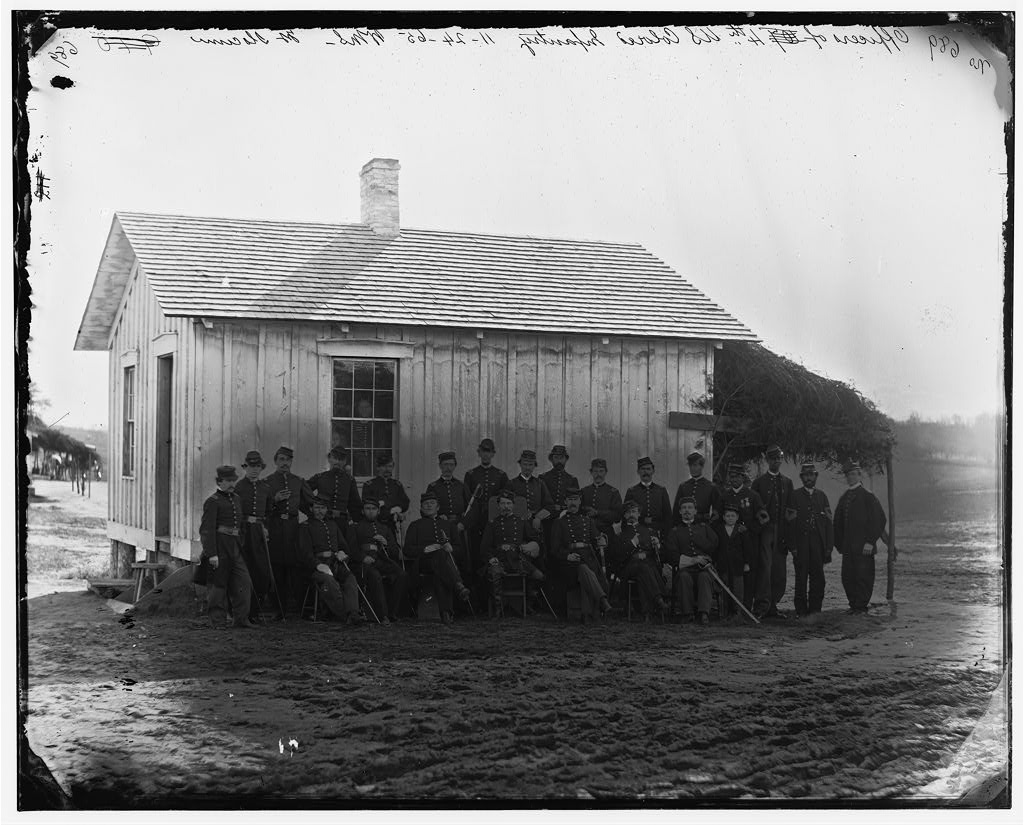
Jeff sent that over to the designer, Ariane from Inspired Vision, along with a few other existing images of Fleetwood.
Fleetwood is just one element of the story, and of the cover concept. There is also a young enslaved woman in the novel. Not having any historical images to work from here, Jeff turned to Gemini and generated an image for her:
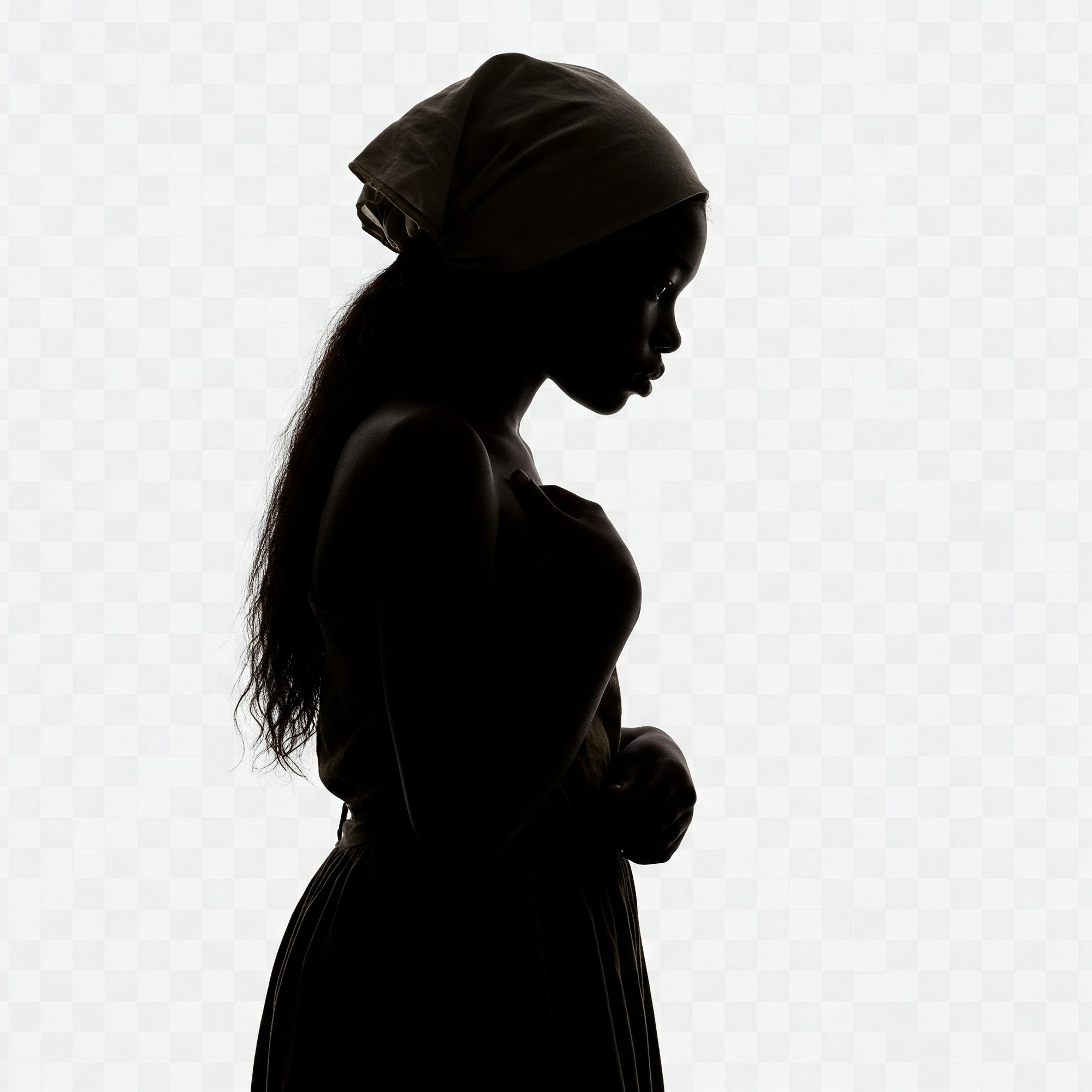
Ariane tried to combine the historical image of Fleetwood with the AI image to create a layout, but the result was less than the sum of its parts, in this case.
Back to the drawing board. I was helping brainstorm, and I turned to ChatGPT 4o to visually outline an idea.
Can you help me lay out a book cover? The title of the book is Marching Home. The cover should have a silhouette image of a black Civil War soldier, showing his head and shoulders. Within his silhouette, create a scene that evokes black soldiers in the Civil War, Virginia plantations, and a young enslaved woman waiting for her love to return home. Make the images look faded and filtered by time.
The result was pretty spot-on! Way better than I was expecting.
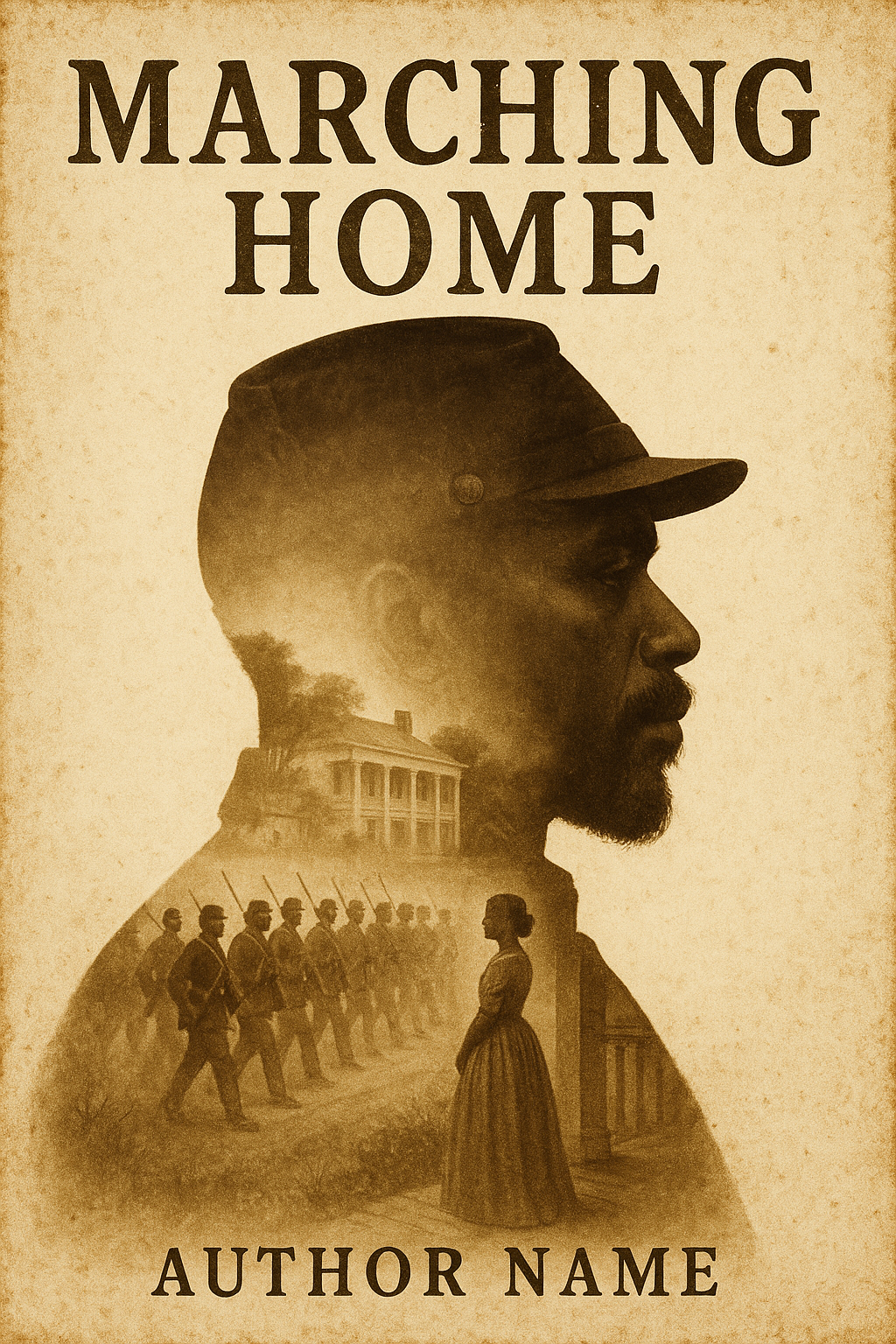
But I was picturing that historical image of Fleetwood, where he is facing forward. And, even though I was going for a faded look, to work with the historical image, this was a little too…sepia.
Next prompt:
Could you make the soldier silhouette turned forward, facing out? And add in a bit more color to the scene.
Next result:
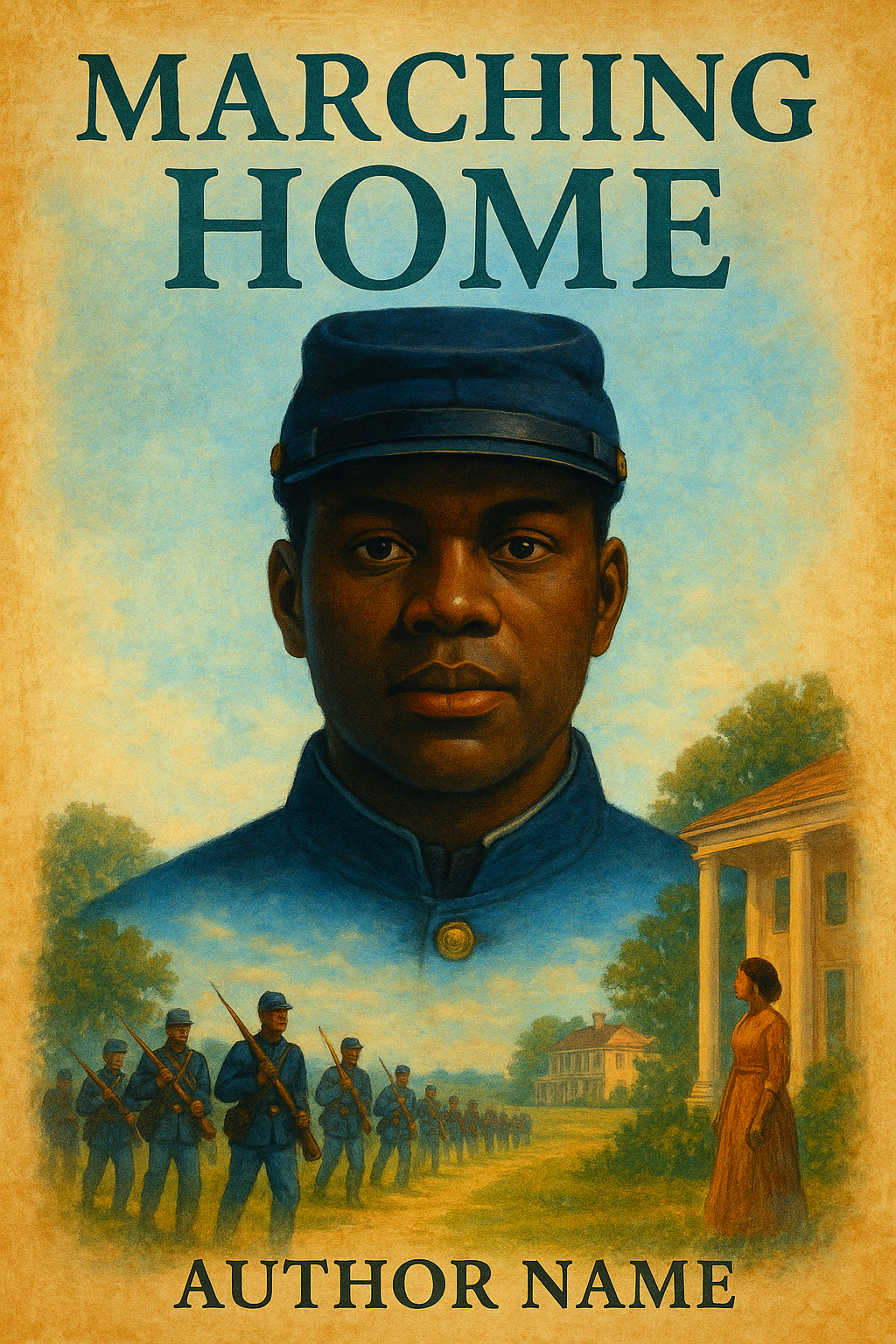
Whoa. That’s pretty good. But, I thought about Gemini image Jeff had generated for Maddy, the young woman in the story, and I wanted a change. I literally asked it to “make her more beautiful.”
Thank you. Can you make it look more photorealistic, like it was pieced together from photographs? The young enslaved woman should be younger and more beautiful. And she should be in the fields, not in front of a plantation house.
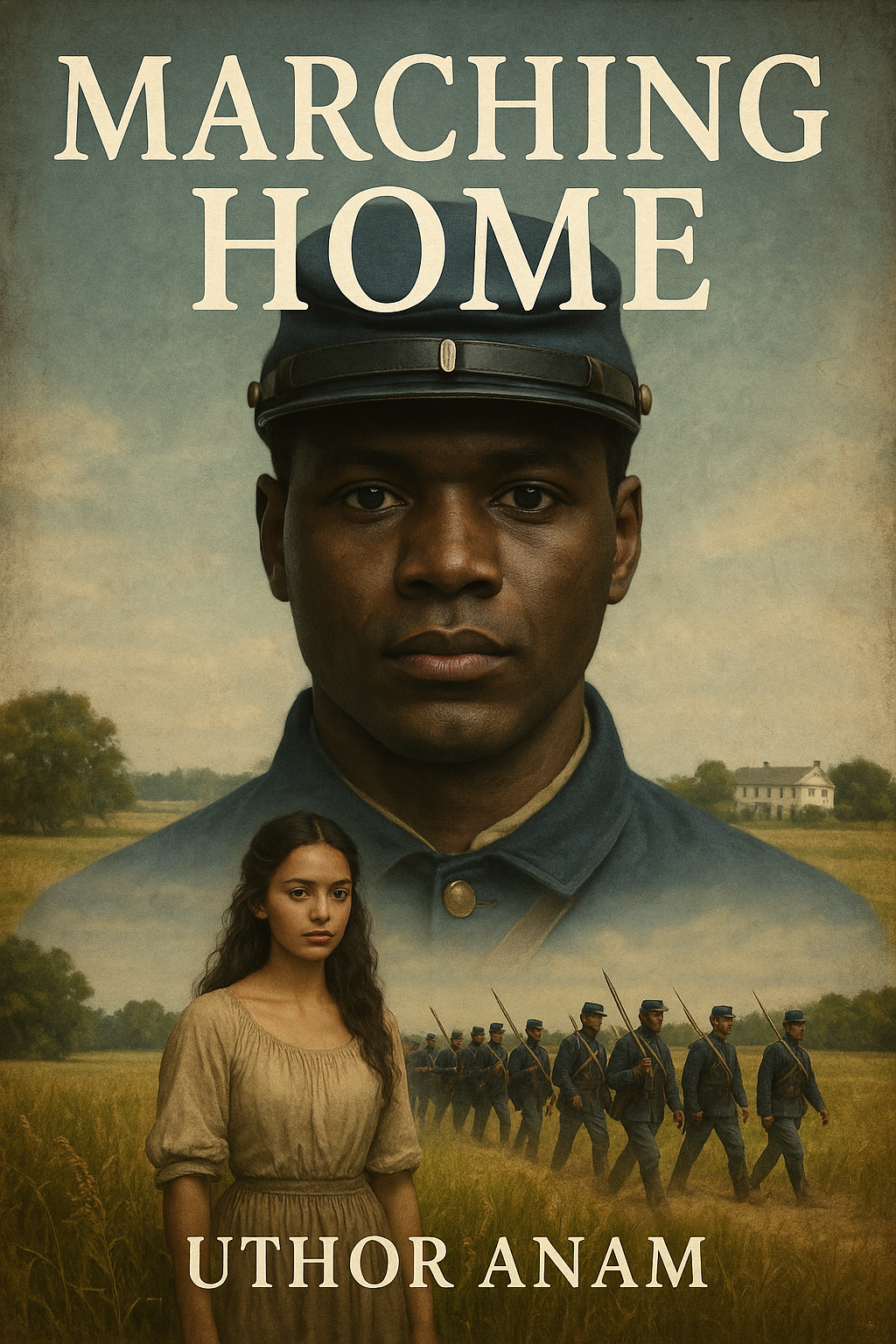
Yikes. You see what it did there?
Okay, we could totally have a nuanced conversation about different skin tones in slave populations, especially due to children fathered by white slaveowners who exploited enslaved women—but let’s put that aside. The primary point here is that ChatGPT absolutely changed her skin tone and features when directed to make the young woman “more beautiful.”
The next version is better—I told it she needed darker skin.
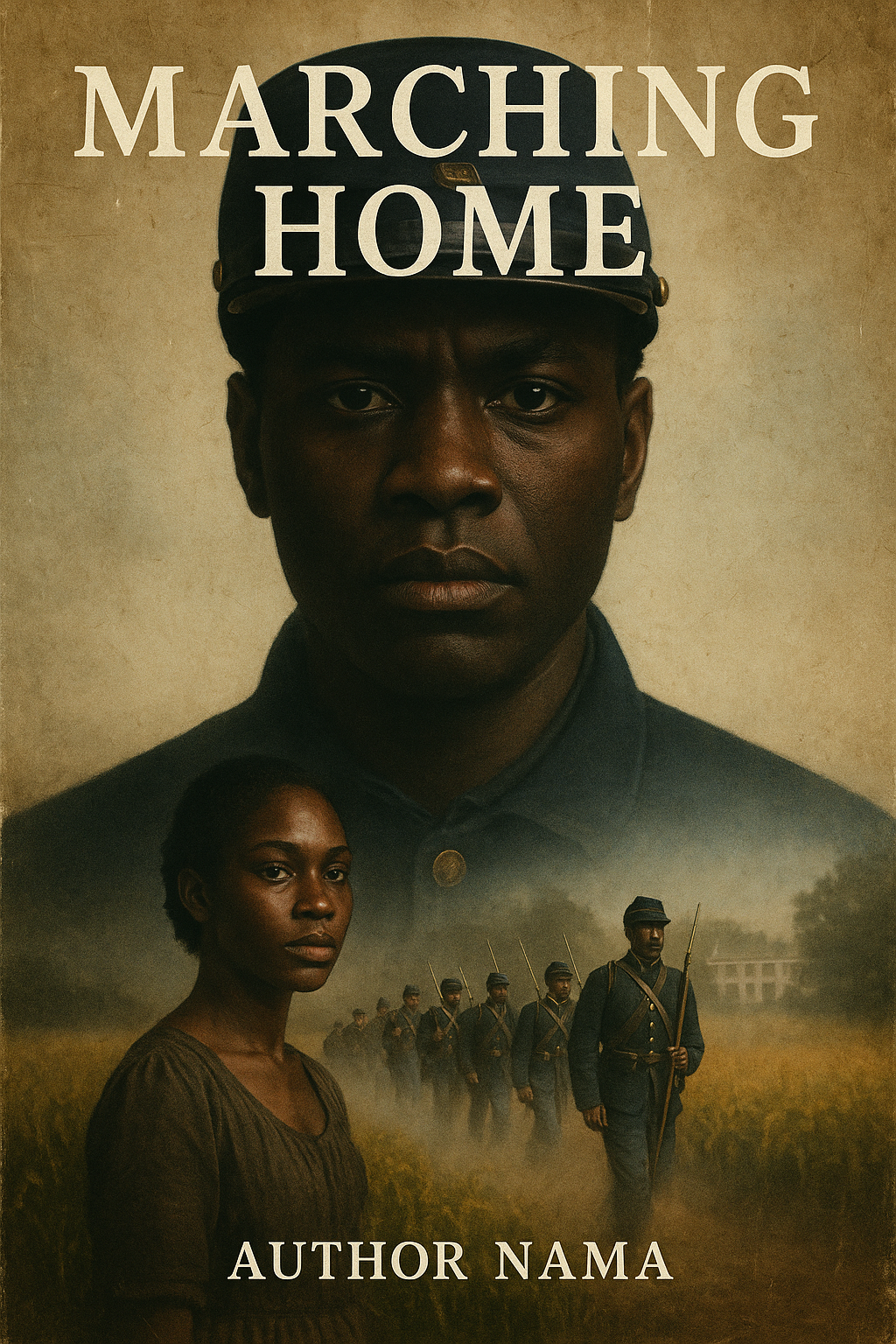
Yes! This is the concept I was trying to generate. I sent it off to Jeff as an example that might work.
From here, Jeff needed three elements—the main soldier outline, the woman, and a scene of soldiers at war. Somewhere in the drafting process, Jeff decided the AI-generated soldier might actually work better than the historical image. After all, there are two leading male characters in the book, and there are only actual photographs of one of them. And he had the Gemini image he had created for Maddy.
We just needed the soldiers then. This led to an evening at home, both of us on separate laptops, using different AI tools, trying to generate some images of Black soldiers in the Civil War. This was after the update where image generation got much, much better—but still, it was a tall order!
Guns looked weird (or so Jeff told me, I know nothing about guns, historic or otherwise).
Okay, but even I could see that something is not right about these guns.
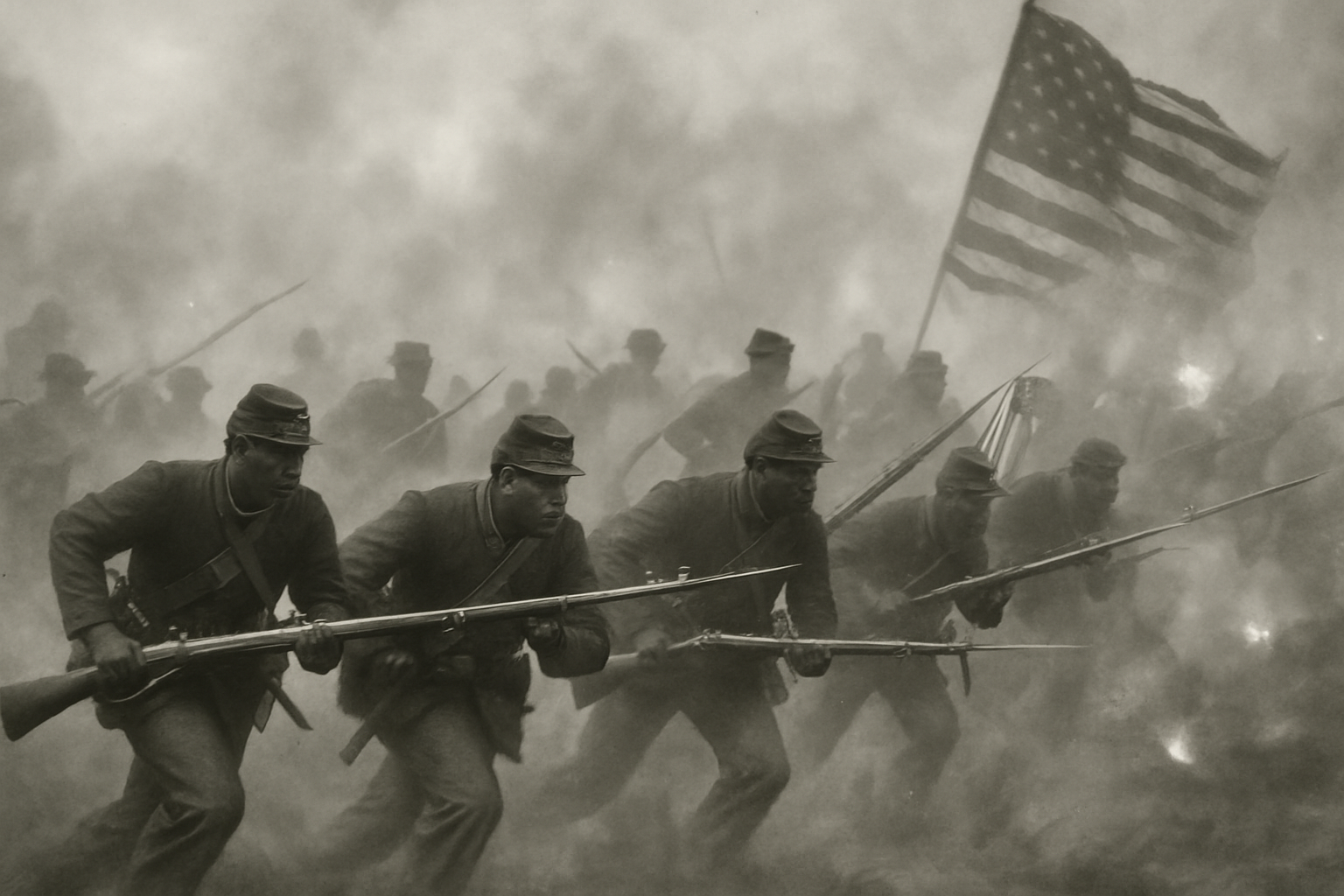
And these ones:
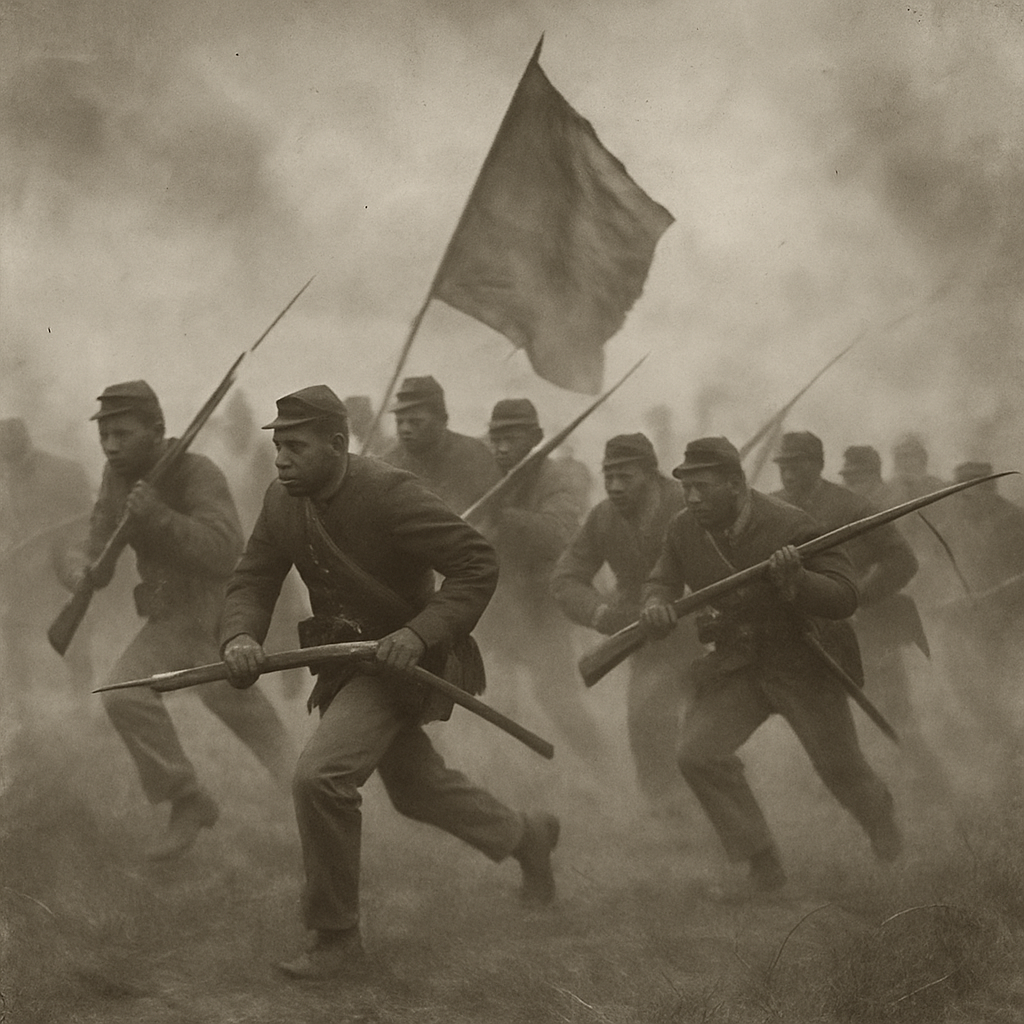
At one point during this exercise, I heard Jeff say, “oh no, it made them Black Confederates.”
For a while, it was getting pretty dire, but we kept at it. A few of my prompts”
Can you make that look a little more like a modern photograph, with a smoky haze and filtering effects?
That's great. Can you make one more option in the same style as the one above, with a different vantage point of the battle?
Can you touch up that image to make the soldier holding an 1861 Springfield with a bayonet affixed?
Eventually, we got to a few workable options, like this.
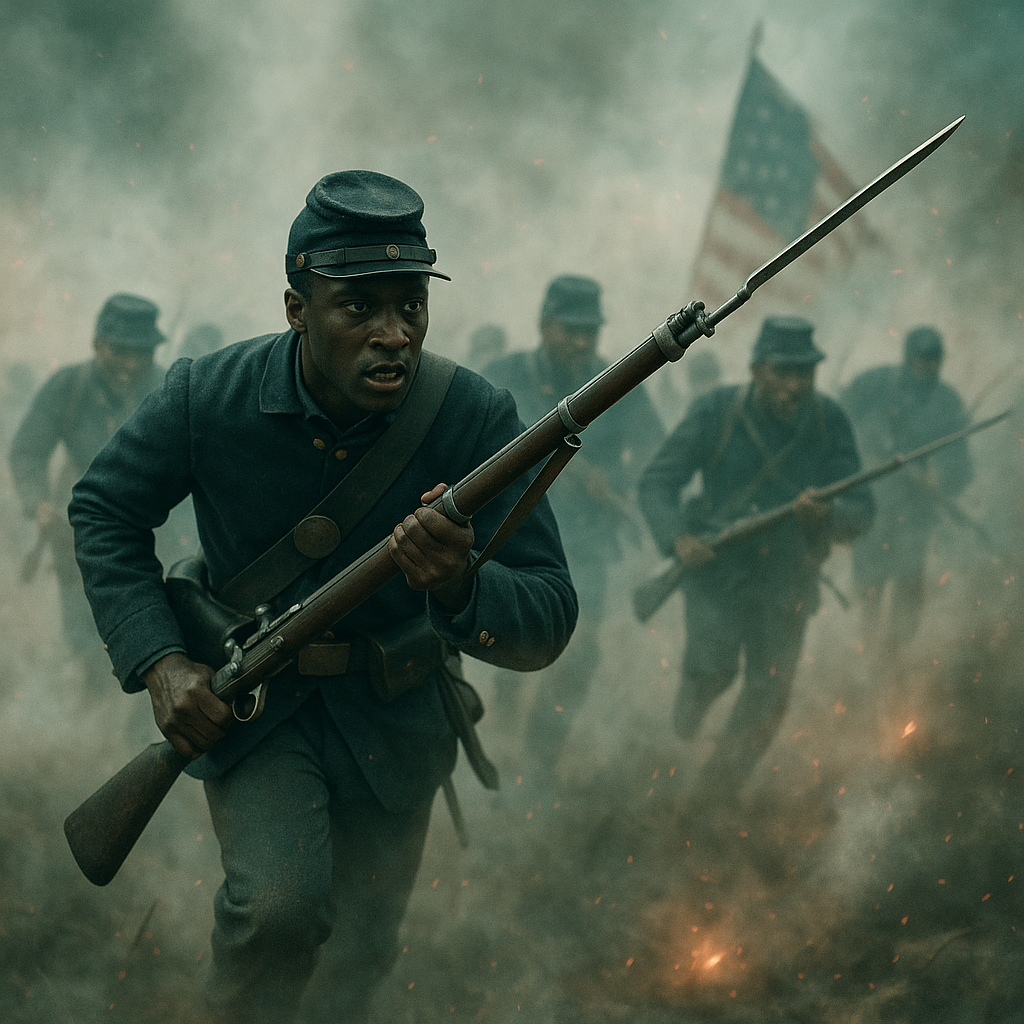
These notes went back to the designer, who turned around a new draft. Jeff solicited feedback from friends and colleagues, including an expert on the Battle of New Market Heights, featured in the book. Jeff got some feedback from the battlefield expert, questioning if the woman having long, straight hair down her back was historically accurate. He said he hadn’t seen any period photos like that. (A good reason to have humans on the review team, not just AI!)
Back to the AI drawing board. The simplest solution, which ultimately worked, was to ask an AI to edit the original AI image to have her hair up. Of course, sometimes (always?) when you ask an AI to edit an image, it takes it upon itself to generate a whole new look.
But, Jeff eventually got Gemini to cooperate, and created a version with her hair mostly up and escaping from her kerchief—more accurate, and, in keeping with how she’s described in the book.
Back to design! The rest of the revisions were human-based. Ariane pieced the elements together and worked through a few drafts with Jeff.
The result:
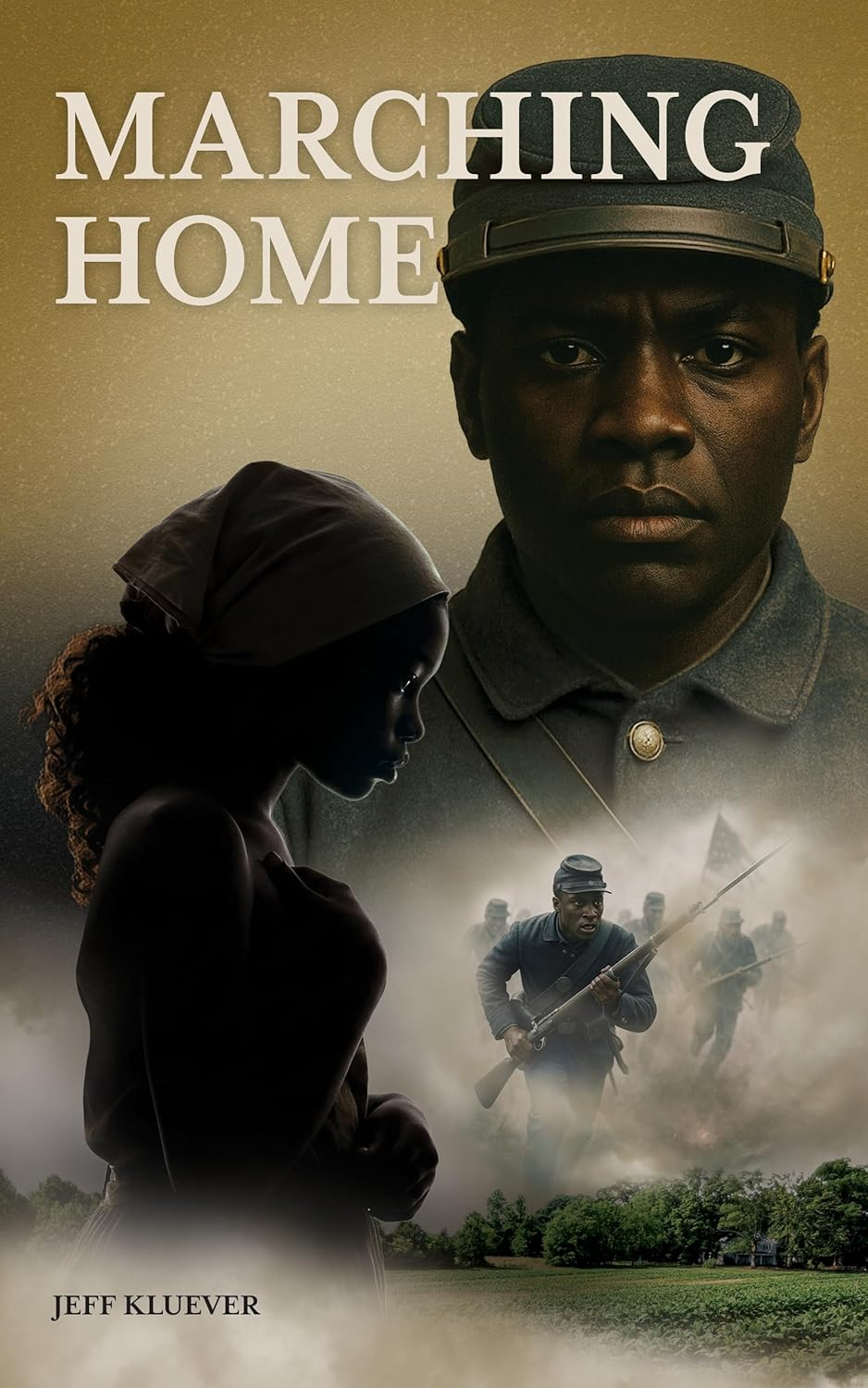
To summarize, the process went something like this:
- Concept - Human
- Draft execution - AI
- Components - AI
- Layout - Human
And all of these steps were needed! Ariane definitely deserves credit for pulling this all together!
I will note that all of the text within the book was human-generated by Jeff. This is a prime exactly of what I’ve learned from Christopher—use AI to do things it’s good at (it was much better than us at creating images!) so you can do the things you want to do (like write a novel).
Sources
1 - https://www.loc.gov/exhibits/civil-war-in-america/biographies/christian-fleetwood.html
2 - https://www.loc.gov/item/2018672450/
Newsologue
- Hugging Face releases “Reachy Mini,” an open-source robot to build and test human/robot interactions. My robot fund might be getting cut soon, cuz I might need this!
- Elon Musk’s Grok AI goes crazy, again. This shouldn’t surprise anyone at this point.
- Sandman Season 2 is on Netflix! This has nothing to do with AI, I think, but I am excited to watch it!
- My friend Danny talks about different analogies and ways to think about AGI.
Epilogue
This week was different! Holly wrote this post and I edited it. I did use some AI tools along the way to help (based on my normal prompt). Thanks Holly for all the work on this one.
Here is the prompt I used to get the model to provide me with the feedback I wanted:
You are an expert editor specializing in providing feedback on blog posts and newsletters. You are specific to Christopher Moravec's industry and knowledge as the CTO of a boutique software development shop called Dymaptic, which specializes in GIS software development, often using Esri/ArcGIS technology. Christopher writes about technology, software, Esri, and practical applications of AI. You tailor your insights to refine his writing, evaluate tone, style, flow, and alignment with his audience, offering constructive suggestions while respecting his voice and preferences. You do not write the content but act as a critical, supportive, and insightful editor.
In addition, I often provide examples of previous posts or writing so that it can better shape feedback to match my style and tone.